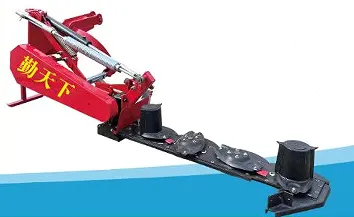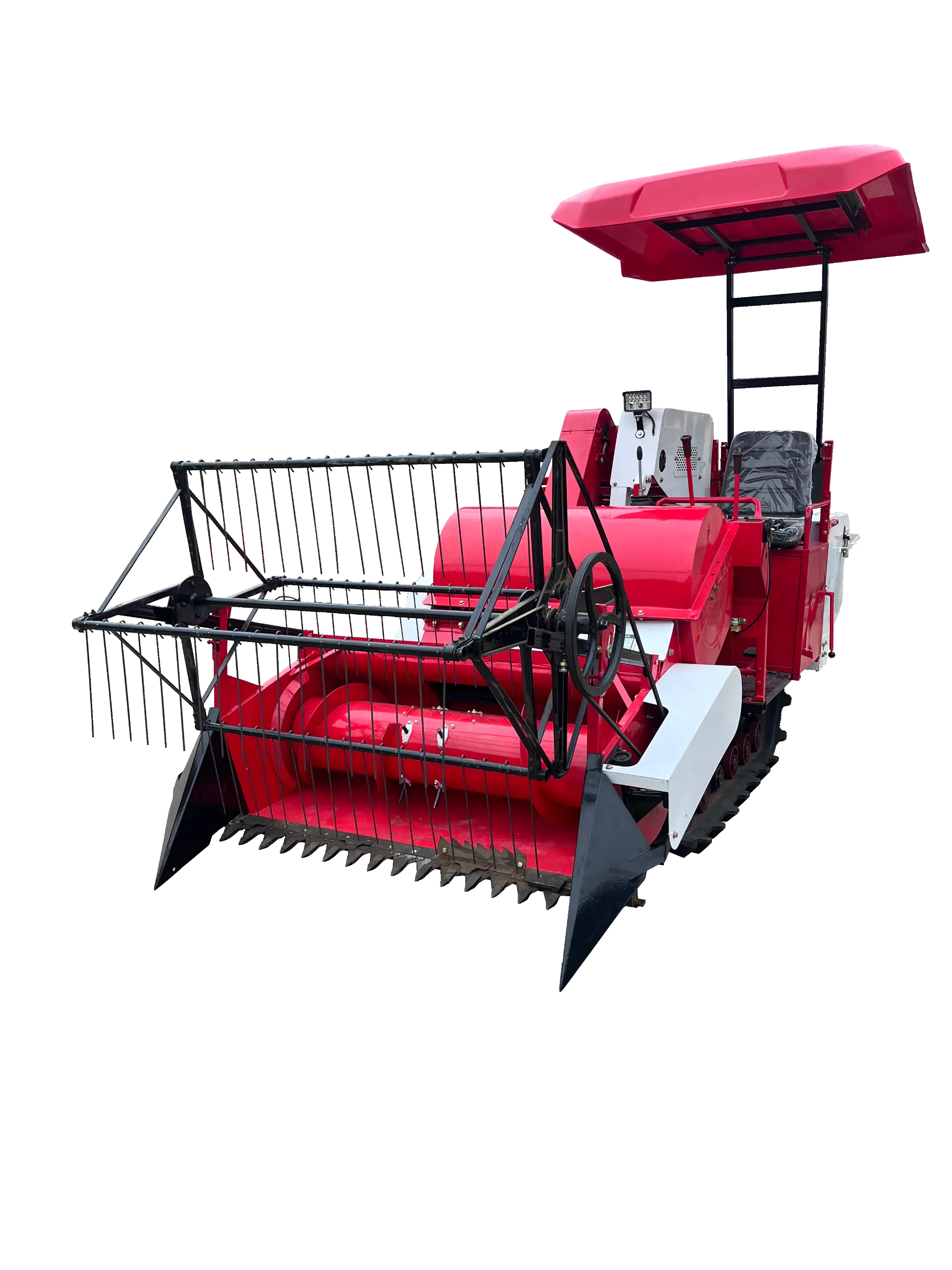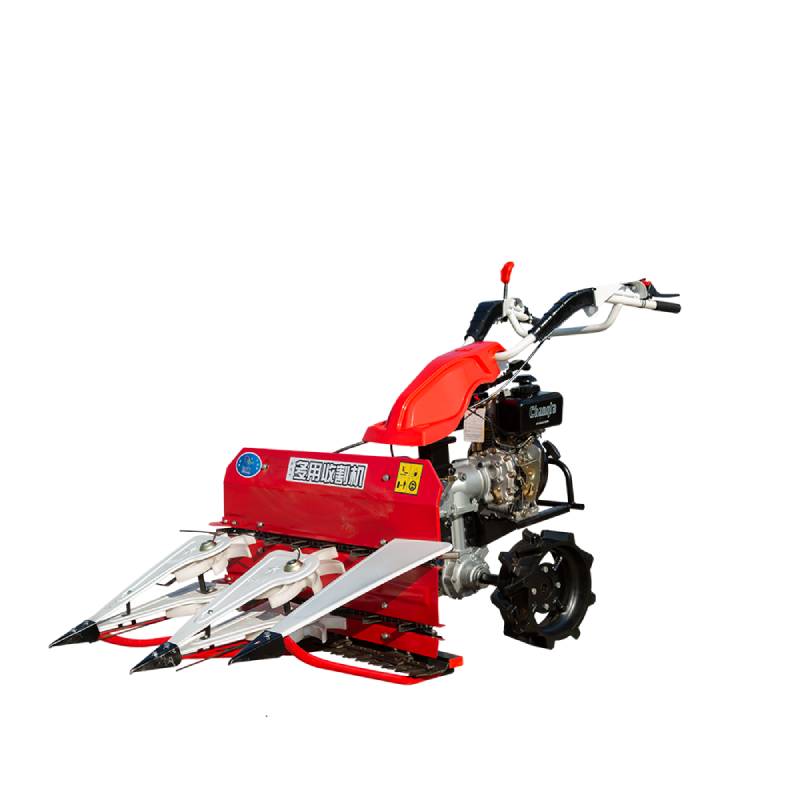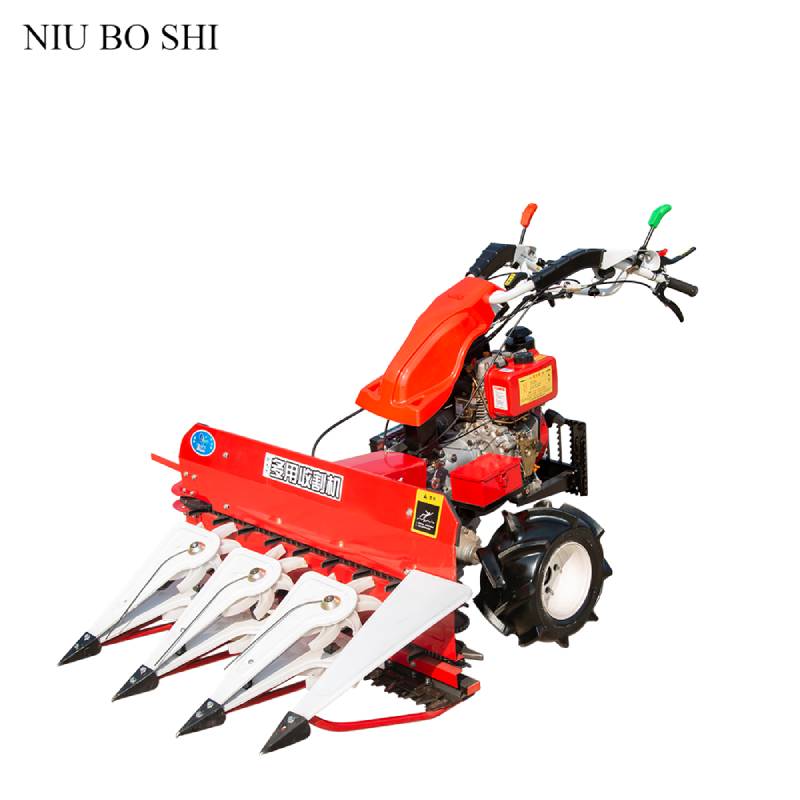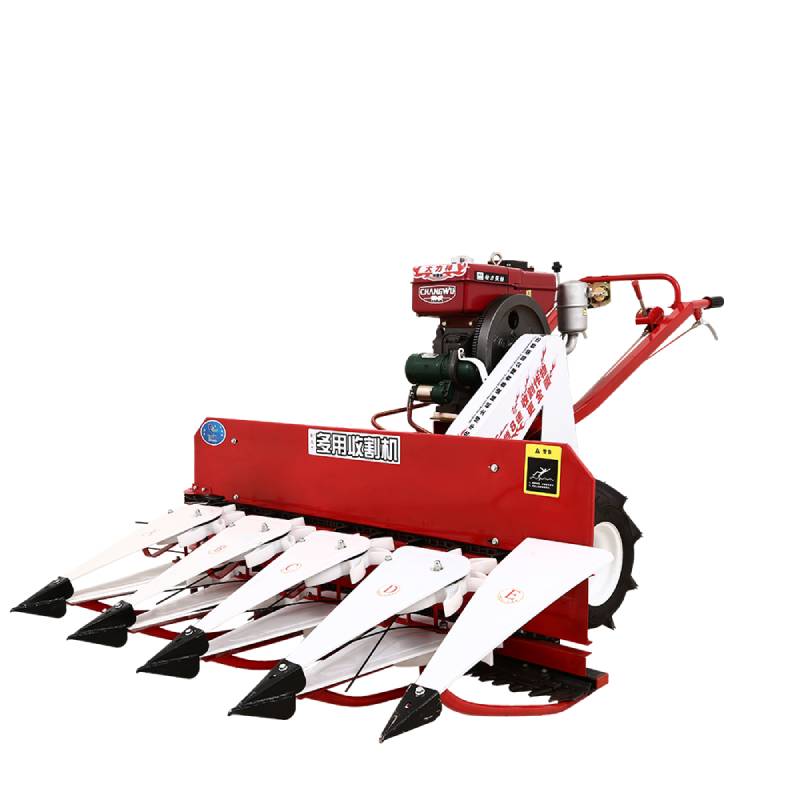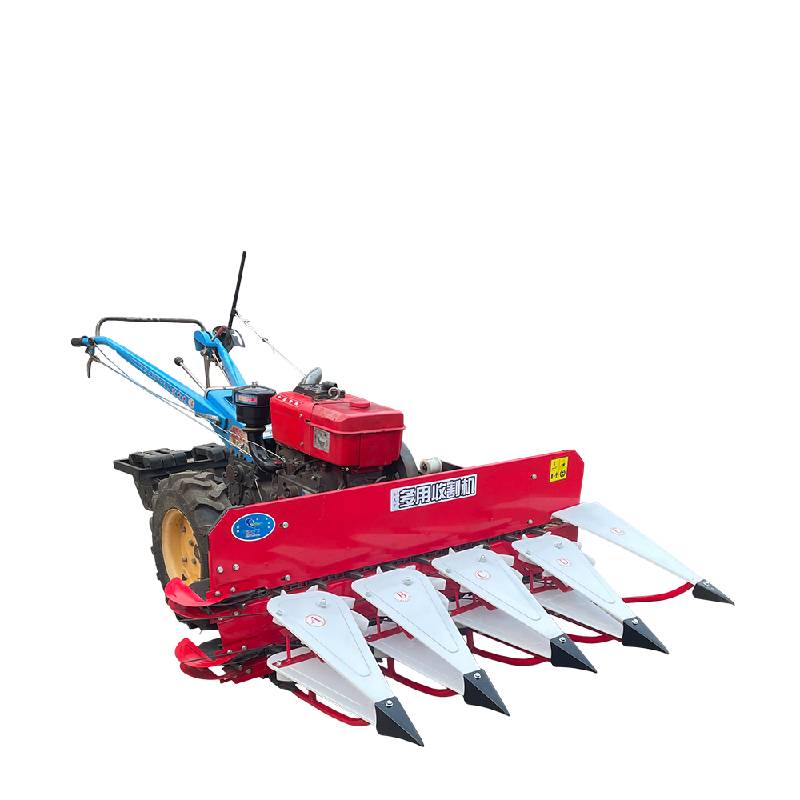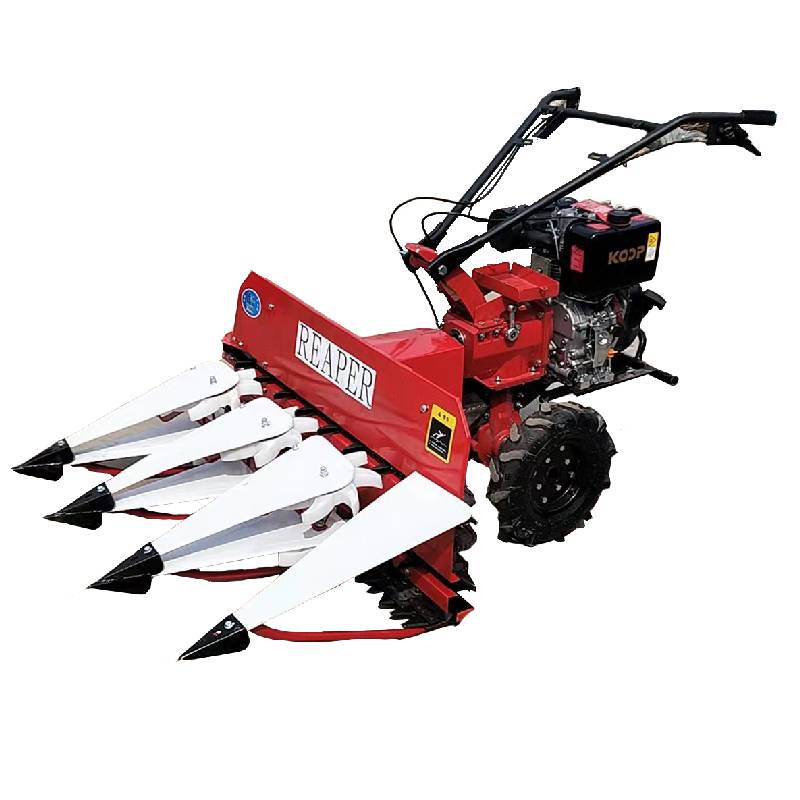
The application of Forage Harvester in the field of agriculture
In modern agricultural production, the increase in mechanization has significantly promoted the improvement of agricultural efficiency, among which the forage harvester, as an important agricultural machinery, plays an indispensable role. Silage harvesters are mainly used for harvesting and processing green feed, providing rich nutrition for livestock, and have the characteristics of high efficiency and convenience. This article will explore the specific applications and benefits of silage harvesters in the agricultural field.
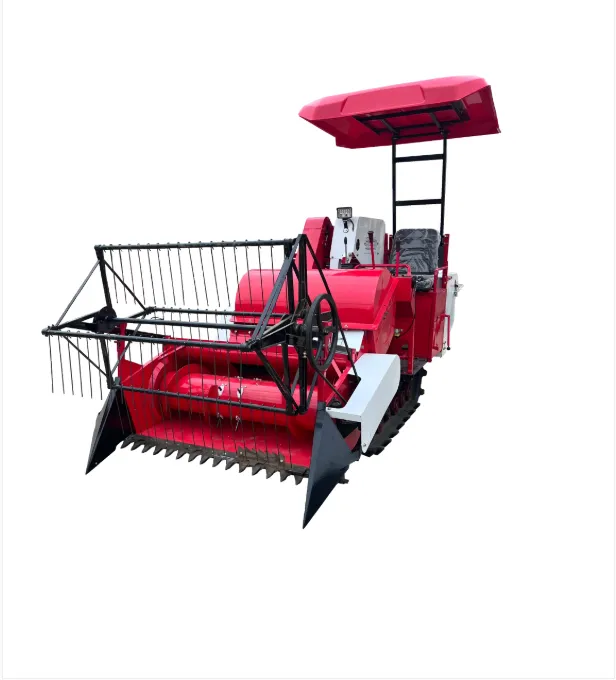
The main function of a forage harvester is to efficiently harvest green feed
Traditional manual harvesting is not only time-consuming and labor-intensive, but also difficult to ensure the nutritional content and quality of feed. Self propelled Reapers can complete large-scale crop harvesting in a short period of time through mechanization. This process not only improves labor efficiency, but also significantly reduces the labor intensity of farmers, meeting the growing demand for feed in the livestock industry.
Forage harvester can timely cut and compact fresh crops during the processing of green feed
This feed, with its rich nutritional content, good freshness and palatability, is widely used in the breeding industry of cows, beef cattle and other livestock, promoting the development of animal husbandry. By timely processing and storage, self propelled hay cutters can effectively reduce feed loss and enhance feed storage efficiency, enabling farmers to continuously provide high-quality feed for livestock in different seasons and climate conditions.
The use of forage harvester has also brought about improvements in the ecological environment
Mechanized harvesting reduces crop losses during the harvesting process, lowers waste generation, and helps protect soil quality. At the same time, the application of self propelled swather can effectively reduce greenhouse gas emissions and promote the development of sustainable agriculture. By utilizing resources rationally and optimizing production processes, silage harvesters not only improve agricultural production efficiency, but also contribute to the sustainable development of agriculture.
The application of forage harvester also faces some challenges
For example, the maintenance and upkeep of machinery require professional technicians, and the purchase cost of equipment is relatively high, which may be a limiting factor for some small-scale farmers. Therefore, promoting the popularization and development of self propelled windrower requires more support and policy assistance from the government and relevant institutions, especially technical training and financial support for small farmers.
In summary, the application of silage harvesters in the agricultural field not only improves the harvesting and processing efficiency of green feed, promotes the development of animal husbandry, but also has a positive impact on the protection of the ecological environment. Faced with the opportunities and challenges of future agricultural development, silage harvesters will continue to play an important role in promoting the combination of agricultural mechanization and sustainable development, and assisting the development of modern agriculture.
Latest news
-
When to Upgrade Your Old Forage HarvesterNewsJun.05,2025
-
One Forage Harvester for All Your NeedsNewsJun.05,2025
-
Mastering the Grass Reaper MachineNewsJun.05,2025
-
How Small Farms Make Full Use of Wheat ReaperNewsJun.05,2025
-
Harvesting Wheat the Easy Way: Use a Mini Tractor ReaperNewsJun.05,2025
-
Growing Demand for the Mini Tractor Reaper in AsiaNewsJun.05,2025
